Background:
In the Philippines, one out of six school-age Filipino children is not enrolled as revealed by the Department of Education and the National Statistical Coordination Board (NCSB).
For school year 2006-2007, the Net Enrollment Ratio (NER) or the participation rate for the elementary level (Filipino children aged 6-11) was 83.2 percent, thus, down by 1.2 percentage points from previous school year. Scenario for the secondary education is even worse, the rate of participation from school year 2002-2007 is just 43.7 percent of all Filipinos aged 12-15 – the official age for high school – failed to enroll.
According to the NCSB, these figures for both elementary and secondary education indicate that the country is still far from achieving the goal of providing basic education to all based on UNESCO’s World Declaration on Education for All (EFA), UN’s Millennium Development Goal (MDG) on education as well as the Philippine EFA 2015 Plan, which serves as the blue print for the country’s basic education.
Among the different regions of the Philippines, there is a wide disparity of education figures, with most of the conflict-ridden Mindanao trailing behind urban centers. Majority of the provinces in Mindanao are in the bottom 20 of the NER for both elementary and high school levels. Moreover, poor education and low NER performance ranking in southern Mindanao is attributed by poverty, lack of access to basic education tools and resources for both the teachers and the students, and coupled with the long-standing armed conflict that could disrupt classes at any point of time. These core concerns have affected student’s participation at school have contributed to the school’s over all performance such as low achievement rate and academic performance, especially in English, Science and Mathematics.
The GFI Mindanao Outreach that was started in 2007 targeted to help establish school libraries and provision of some education resource materials among the Blaan and Tboli indigenous peoples group of southern Mindanao, specifically the provinces of South Cotabato and Sarangani with NER ranking of 15. Specifically, GFI has been doing outreach for five schools namely the Maligo Day Care School (MDCS), Maligo Elementary School (MES), Kipalkuda Elementary School (KES), Landan National High School (LNHS) and the Blaan Dalel Christian Academy (BDCA) with the total combined student population of 1,469 for school year 2008-2009. GFI’s intervention to these respective schools is also making significant impact to their community and the active involvement of the local government officials.
5-Year Plan:
Within 5 years (2007-2012), GFI Mindanao Outreach wanted to achieve the following:
1. In Atlanta, GFI will continuously collect books and other education resources/school supplies based on the need of the respective schools;
2. Maintain good partnership and communication with the respective school principal and or officer-in-charge as well as local government officials for feedback and documentation on the project’s impact thru the GFI local volunteers;
3. Replicate GFI programs such as the Youth Leadership Award, Best in English Award, Reading and Visual Arts Workshops, etc.;
4. Assist the school in their library establishment such as books cataloguing training, library user’s tracking/documentation workshop; and
5. When school libraries are established in each school, GFI will move on to another pilot school for outreach expansion but will continue/sustain the other youth leadership related awards and empowerment activities.
Strategies for implementing the plan:
1. Build strong community support from individual donors, partner government agencies, local non-profit organizations for both financial or in-kind donations of books and school supply;
2. Creating the annual monitoring and evaluation form to be filled up by each of the school;
3. Getting feedbacks, reports, documentation from the volunteers, the teachers and the students on the impact of GFI’s assistance with respect to the school’s academic performance, student’s annual Net Enrollment Ratio (NER), etc;
4. Updating the donors, supporters about the school’s progress report thru a GFI newsletter, the GFI website/blog sites and thru exhibits; and
5. Giving certificates of appreciation for donors, volunteers, partners for helping GFI achieve its mission.
Friday, March 6, 2009
Subscribe to:
Post Comments (Atom)


































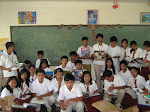
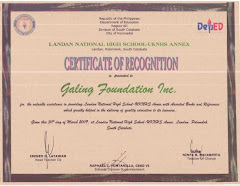













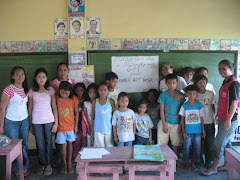

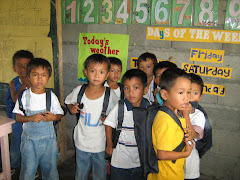
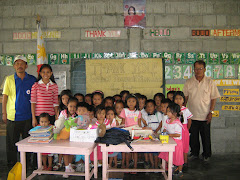
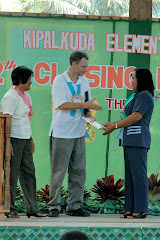
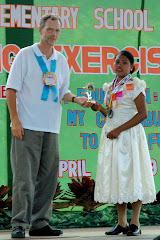

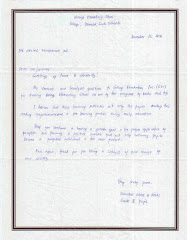

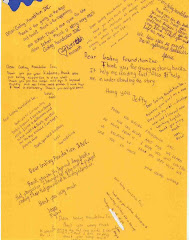
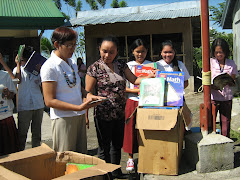
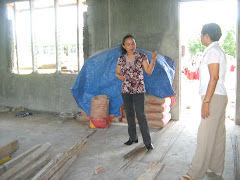
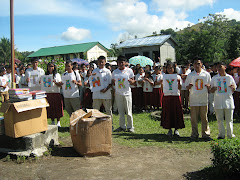
No comments:
Post a Comment